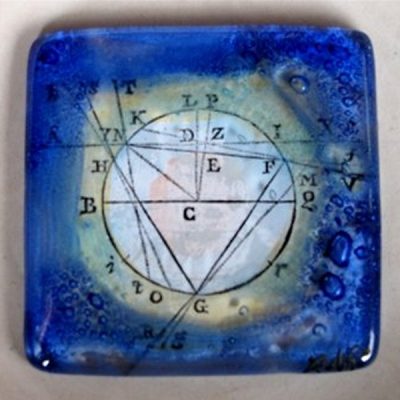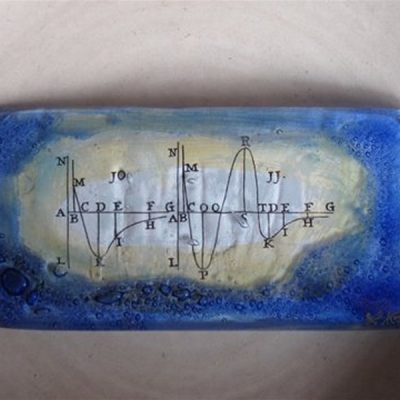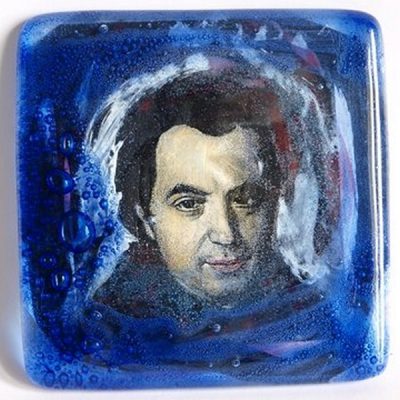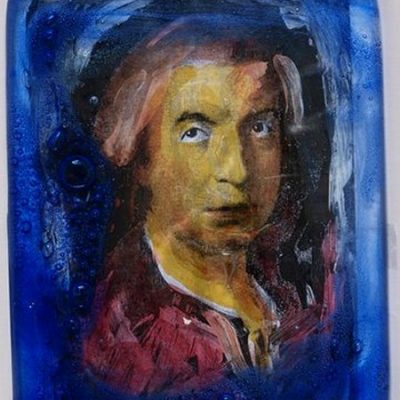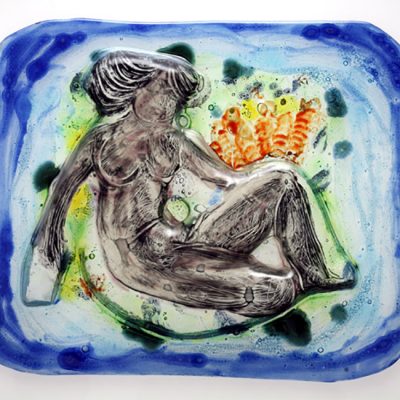Selected Works
Glass
Homagge a Ruggiero Giuseppe Boscovich
Ceramics
-
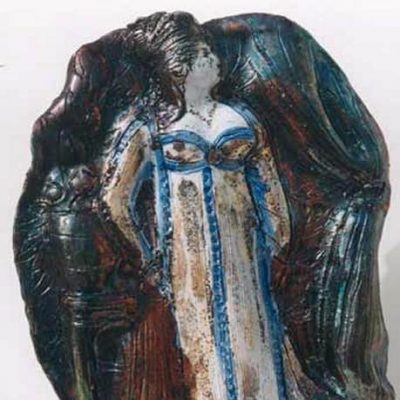
Milka Trnina, relief, raku -
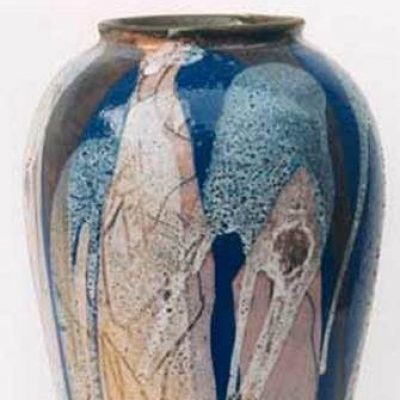
Vase, raku -

Vase, raku -
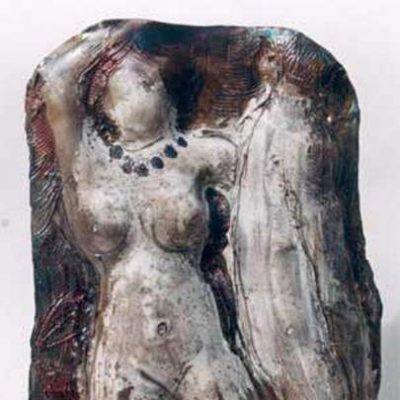
Girl, relief, raku -
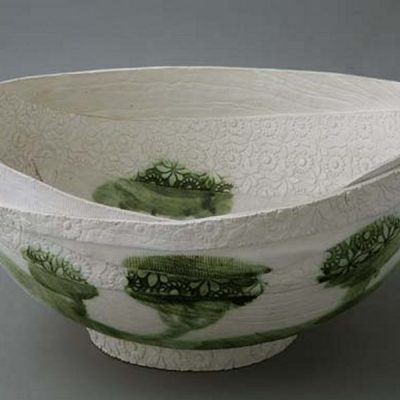
Oval bowl – porcelain -
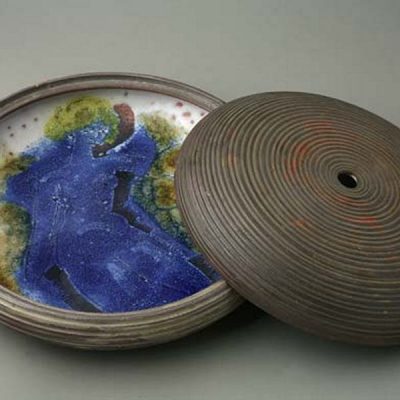
Bowl with lid, 1980, maiolika -

Red Bowl – porcelain -

Vase with girl, 2002. – raku -
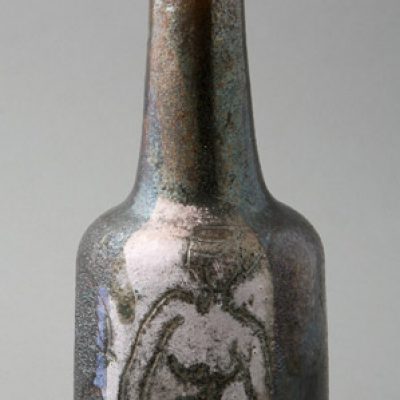
Small vase with girl , 2003. – raku -
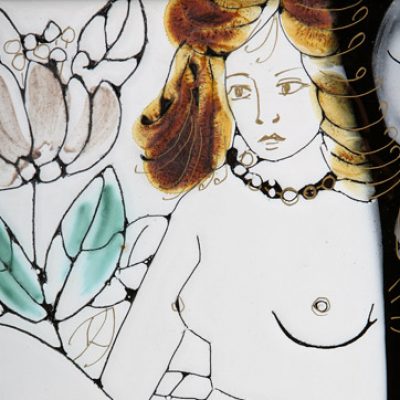
Plate, Girl with necklace, 1998. – maiolika -
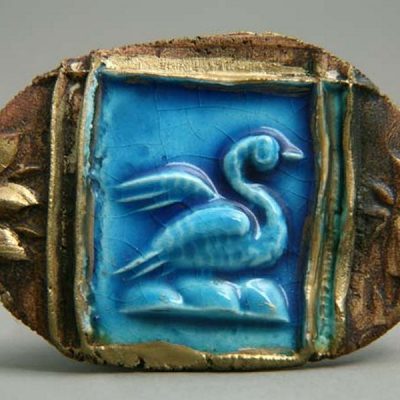
Blue bird, brooch, gold -

Blue bowl – porcelain -
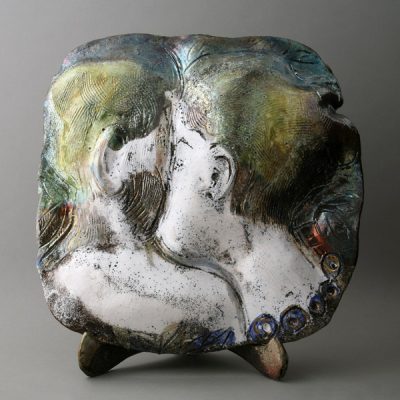
In love, relief, 2000. -raku -
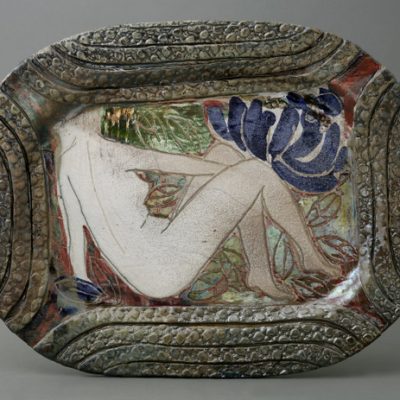
Plate, Girl and blue flower, 2002. – raku -
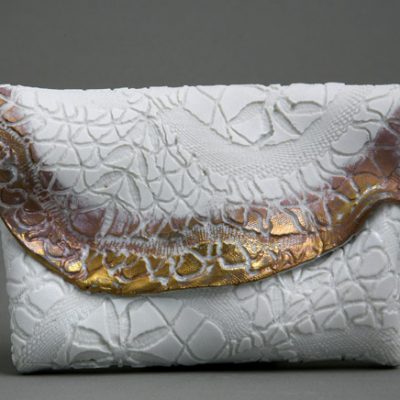
Hand bag, 1988. – porcelain -
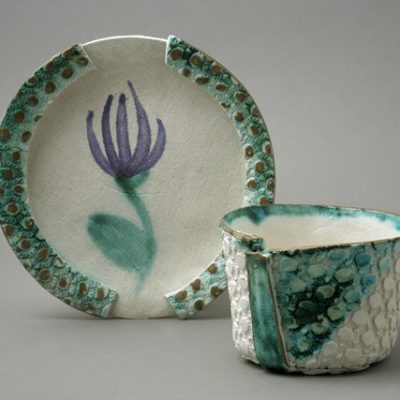
Tea cup and saucer, 1990. – porcelain -
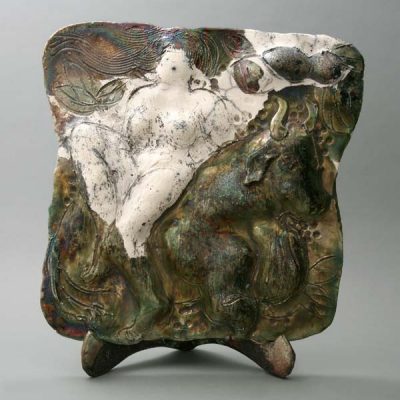
Europe on bull, relief -raku -
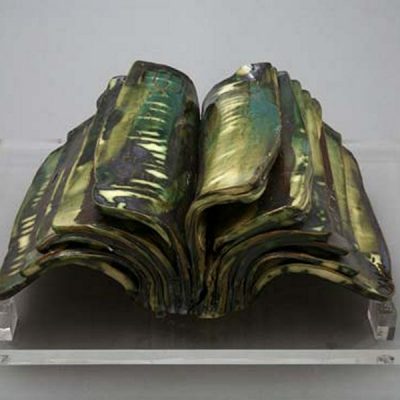
Book – porcelain
Painting
-

From the cycle Hommage a Gustav Klimt -
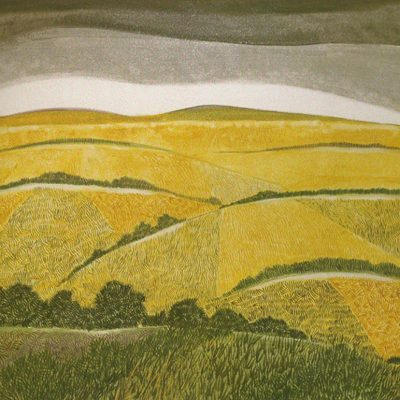
Landscape -
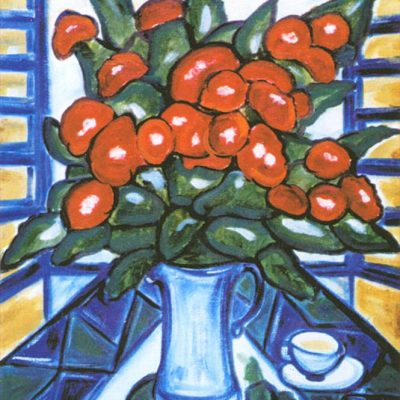
Red flowers -
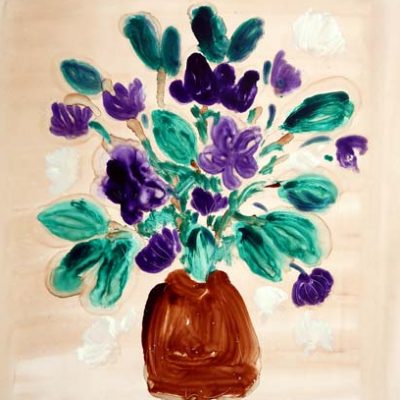
Flowers -
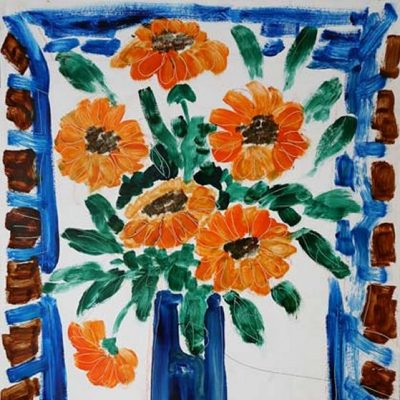
Marigolds, acrylic -

Table with red flowers and fruit, 1995. – oil on canvas -
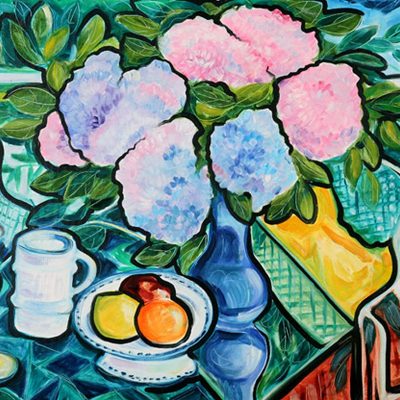
On the terrace , 2002. – oil on canvas -
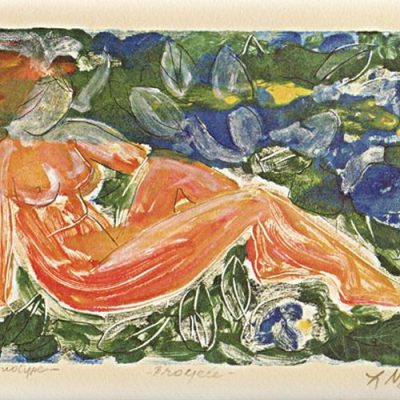
Girl – clayprint on paper -
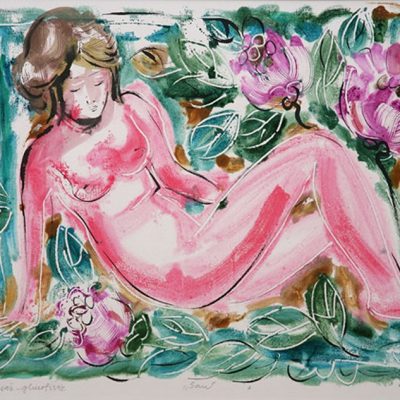
Pink dream , 2005. – clayprint on paper -

Girl – clayprint on paper -
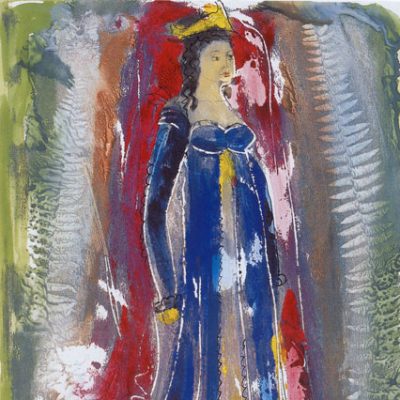
Tosca II. -
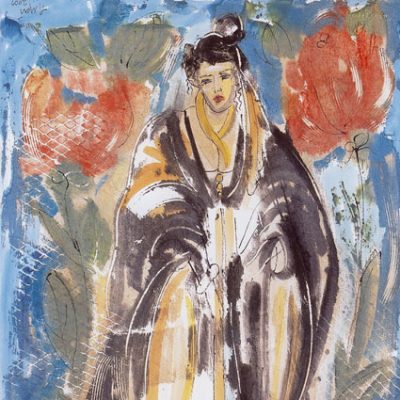
Donna Anna, I.
Glass
The secret of woman, 2007. – glass, fusion
Stained glass windows
These stained glass windows were created at the TEODORA d.o.o. workshop in Osijek under the guidance of ing. Zdenka Predrijevac in March 2008.
-
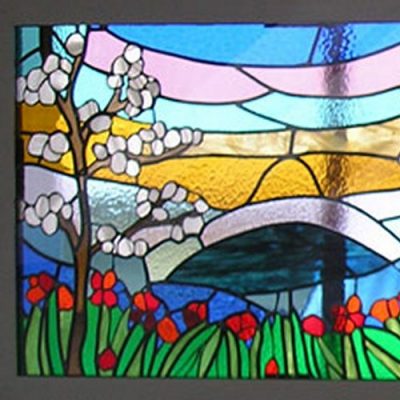
“POGLED KROZ PROZOR” vel. cca 180 x 70 cm -

“POGLED KROZ PROZOR” – detalj -

“POGLED KROZ PROZOR” – detalj -
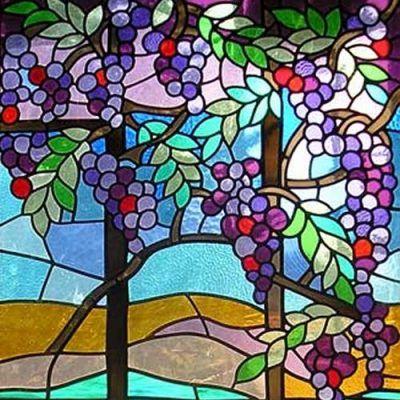
“KRAJOLIK” vel. cca 200 x 90 cm -
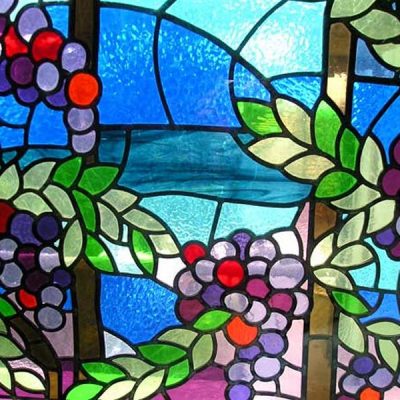
“KRAJOLIK” – DETALJ -
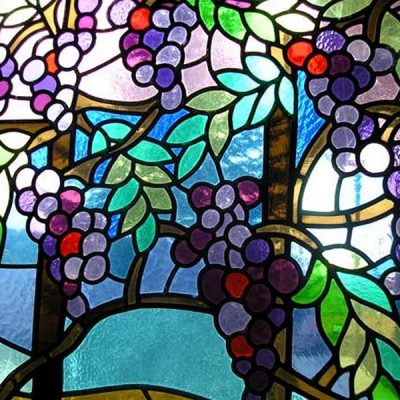
“KRAJOLIK” – detalj -

“KRAJOLIK” – detalj
Making of the Carmel emblem, 2006.
maiolika
Carmel coat of Arms (made of ceramic, majolica technique) made by Ljerka Njerš at SILEX Francis Kodrić Factory in Samobor for the Monastery – Spiritual Center – “Carmel of St. Ilija” at Buško Lake (BiH), opening on July 20, 2006.
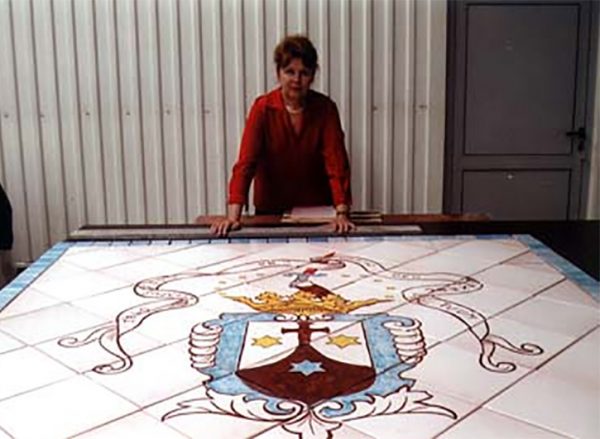
Raku Ceramics in the Work of Ljerka Njerš
author: Stanko Staničić
In the ceramic work of Ljerka Njerš, we can observe a sequence of several creative cycles in which the artist has always endeavoured to find new means to express herself in her art and to investigate new possibilities of the clay that she has used during her work. In the long-term path of development, and in the ongoing changes of her approach to the creative process of working in ceramics, we can today sense the artist’s highly refined feeling for the decorative, and her deeply felt painterly approach to each individual work.
As well as the clay that is the basic medium for her expression, Ljerka Njerš makes abundant use of drawing and colour, which she uses to enrich the surface of her ceramic forms. This part of her work should not be considered a mere decorative addition to the form, but a logical and integral characteristic of the work. In her works, drawing derives from form, with which it merges, and it is through this merging and suffusion that the artist knows the fullness of her very personal form of artistic expression. In the earlier works of Ljerka Njerš a firm connection with the ceramic tradition of the milieu in which she grew up can be seen. It was in this tradition that her oeuvre of utilitarian ceramics developed – bowls, platters and vases. She enhanced the basic forms of these items with drawings of an extremely refined harmony of colouring. In this part of her work, we can see recognisable motifs to which she remained faithful for many a year. These are landscape and flower themes, and, as well as them, like inevitable signposts, female nudes composed with a refined play of flat drawing. However, during her life’s journey devoted to ceramics, in her search for ever-new possibilities in the construction of the ceramic form, Ljerka Njerš was to free herself from the inheritance in which the purpose of an item of ceramics was the basic, set purpose in the vivification of the creative ideas of the artist. This journey was neither rapid nor easy, and was marked by long lasting considerations and quests.
In a later period of her work, use-items were to remain within the sphere of her interests. However, the artist now interpreted and experienced them in a different way. They remained a pretext and an inspiration in the construction of the ceramic form that had no real use function, and with this kind of idea the artist was to attain new aesthetic values in the framing of each individual work.
In the multiplicity of her research into ceramics, in recent years Ljerka Njerš has directed her attention to studying and applying the ancient ceramic technique known as raku, the source of which, in the distant past, was in Japan. Ljerka Njerš found in the basic premises of this very individual ceramic art ideal possibilities to adopt the technique to the needs of her own form of artistic expression. This resulted in the artist’s most recent cycle, in which there are works of a completely new kind of manner of handling the ceramic material, as well as new and hitherto unapplied interpretations of ceramic forms. The art of the Far East has for centuries enthralled Europe with its creations; in many periods of history it has had an enhancing impact on numerous European works of art. The eye of the careful observer will see these influences in the earlier works of Ljerka Njerš as well, particularly in the landscapes of a reduced flat drawing in dark shades that the artist constructs in glazes on a flat, sometimes even curved ceramic surface. Today, using the raku technique, her recent, still highly individual, works have achieved a new level of expressiveness, and it would seem that this ancient ceramic technique has breathed new spirit into them.
In old Japan, raku ceramics developed as part of a philosophic way of thinking about life, closely connected with the tea ceremony. Naturalness of form and the individual character of each item were particularly valued by the tea ceremony masters, and raku became an essential determinant of such social occasions, and with its meditative purpose reflected both the way of thinking and the lifestyle of its age. There were several reasons, even practical ones, that led to this ceramic style becoming such a favour in everyday life as well. The dense, porous walls of the vessels kept the warmth of the tea, and the rough, grainy surface of the individually-made forms gave the hands of those taking part in the ceremony a pleasant tactile sensation.
In the technological characteristics of raku ware, Ljerka Njerš has recognised characteristics in accordance with her own aspirations aimed at further enhancement of her ceramic expression. The possibilities that this technique offered, and the effects that can be achieved by applying it in the process of the creation of a work of ceramics, were challenge enough for Ljerka Njerš to want to try out this area of ceramic formation as well. The individuality of the raku technique inheres in the effects that come into being with the reduction of the metal oxides after the freshly fired glazed object is packed with sawdust and then plunged into cold water. And just as the finished products, in their form and their grainy surface, offer not only an aesthetic but also a tactile experience, so during the process in which they are made, they also give anyone taking part in the process a certain creative joy instinct with enigmatic expectation. The ceramic forms that Ljerka Njerš presents us in her new cycle nevertheless display the individual stamp of the artist’s creativity. There are vessels, plates and tablets with painted motifs of nudes, and a novelty in this group of exhibits – reliefs that we have so far not had occasion to meet in her oeuvre. However, in accordance with the implementation of a new technique, the interpretation of the forms is different, and also different is the experience that the items evoke in the observer. The artist covers a white tile with transparent or white glaze, and attains highly marked effects with the reduction of metal oxides applied to the ceramic surface.
In this procedure, powerful accents of a metal shine are created on the object, which with the tactilely appealing grainy surface most of all contribute to the beauty of the experience of raku. We do not, however, experience these shining accents as arising from the mere desire of the artist to achieve external effects. What is more, just as ceramic drawing as interpreted by Ljerka Njerš makes up an organic whole with the object and is no mere decoration, so we take the areas of metallic glitter on the artist’s raku creations as integral characteristics of the organic merging of the thing created in the creative process. In the composition of these recent works, Ljerka Njerš remains true to the application of textile ornamentation, and these motifs printed into the clay follow, with their living rhythm, the forms of the ceramic objects.
Although far from its origins in the manner of thinking of the Japan of yesteryear, the raku ceramic ware of Ljerka Njerš provides today’s people an abundance of new aesthetic experiences, and opens up new paths of creativity to the artist for the years to come.
